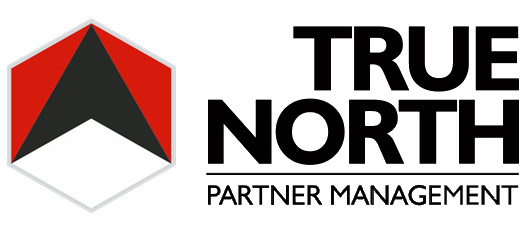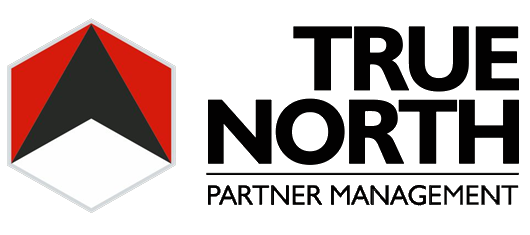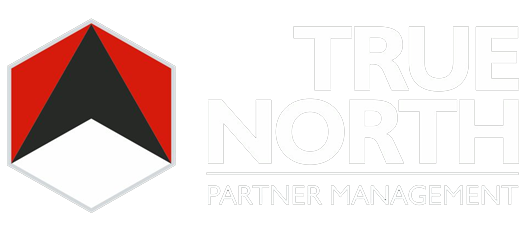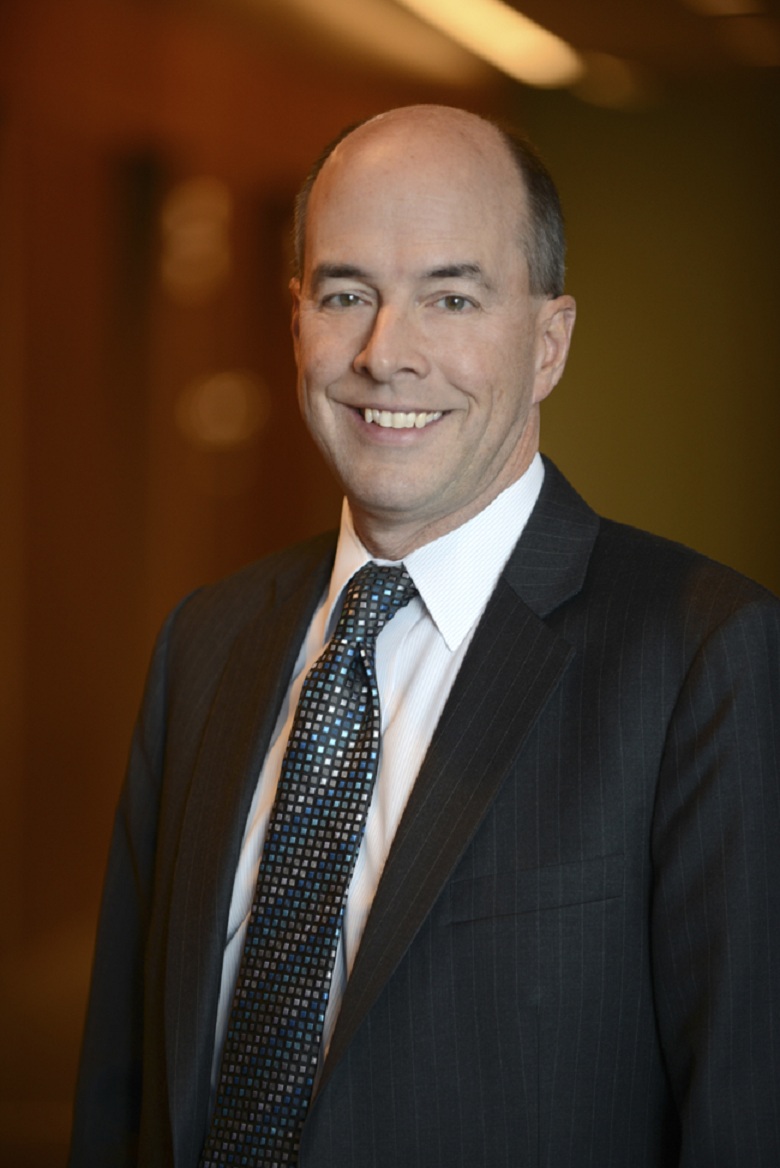The following post originally appeared on Forbes | June 30, 2015
“If you want to make peace with your enemy, you have to work with your enemy. Then he becomes your partner.” Nelson Mandela
In a Chicago court in 1879, Levy Mayer, a young Yale graduate argued over the sale of a lame horse, losing his case to self-taught Czech lawyer Adolf Kraus. Neither side liking the outcome, both appealed to a higher court, and settled the case two years later. Interestingly, Kraus, despite playing an adversarial role, was so impressed with Levy’s capabilities that he asked him to form a partnership.
Now, 136 years later, that unlikely partnership that began in the late 19th century has grown to more than 1500 attorneys and 21 offices across the U.S., Asia, and Europe. In frequenting the pages of Acritas’s U.S. Law Firm Brand Index, BTI’s Brand Elite, and, for the fifth year in a row, BTI’s Most Recommended Law Firms, I reached out to Paul Theiss, chairman of Mayer Brown, to discuss some of things they’ve been doing to earn these accolades, and to continue their growth. See our exchange below:
On Their BTI Client Relationship Scorecard Ranking
Parnell: Mayer Brown has been ranked highly in BTI’s Client Relationship Scorecard. It’s a bit of a broad term — “client relationship” — and there are a lot of things that goes into that. But could you talk to me about some of the things you are doing, that perhaps other firms aren’t, that are getting you this ranking?
Theiss: Client service is at the core of everything we do and everything we talk about, and has been since the day I arrived at Mayer Brown as a summer associate in 1984.
My mentors always talked about how professional excellence and client service are the hallmarks of Mayer Brown. These are the things that we’re most proud of.
We listen to our clients. Our clients are our partners as we help them face the complex and serious issues of the day. We’re attuned to making sure that we listen just as well as we talk and work. Listening to our clients and learning from them is critically important.
The other area where we’ve made a lot of progress is with our client teams. We think that we have the best client team program in our industry. Indeed, it’s been recognized as such in a number of important publications, and we’ve received positive feedback on our client team program directly from clients. Some of the most important roles in our law firm are those of our client team leaders. By fostering internal communication around the challenges faced by our clients, and by understanding the business of our clients, we’re able to get a head start toward advancing our clients’ interests.
On The Dynamics Of Their Client Teams
Parnell: What does a client team look like? How many people are on a client team? What do they do specifically? If you could talk to me a little bit more about that?
Theiss: Our client teams have two important dynamics. One is that they are built across office and practice boundaries. And two is that they meet and talk regularly to discuss the needs and business of our clients; understanding the business of our clients by following press reports and other items of interest pertaining to our clients, and discussing those interests with our clients and with one another, is an important component of our client teams.
The job of everyone on a client team is to work hard to become a better student of the client so that when a client calls us to address a particular issue, we are already far up the curve. That’s part and parcel of being a partner with our clients. Clients know when they call us to help them with an issue or a problem that the background work is already done.
This ethos also extends beyond partners. For example, we recently hosted a mid-level associates retreat at NYU for all of our U.S. associates that focused entirely on understanding the business of our clients. A number of our clients were kind enough to speak with our mid-level associates about what it takes to become a trusted advisor.
At Mayer Brown, the business of understanding our clients, understanding their interests, and putting their interests first, starts from the very first day a lawyer joins us.
On Their Merger With Johnson Stokes & Master In Asia
Parnell: On your combination with Johnson Stokes & Master – could you talk to me about that? What I’m looking for here are the higher level challenges that you faced in doing this and how you overcame them.
Theiss: We made a decision a little more than 10 years ago to embark on a journey to become a truly global law firm because we think that’s where the future of our profession lies. Our 2008 combination with Johnson Stokes & Master was a transformative moment in the history of our law firm. Both legacy Mayer Brown and legacy Johnson Stokes & Master came to the realization that we would best be able to serve our clients, both outside of Asia and within Asia, by doing a transaction like this.
We have a strong one-firm culture at Mayer Brown. We’re not a Verein. We think that the best way to serve our clients is as a single partnership across the world. In that regard, we’re very fortunate because our partners in Asia — the legacy Johnson Stokes & Master partners — share this vision. The integration that followed our combination has been relatively seamless. I think that comes back to sharing the same core values of professional excellence in client service and deep respect for one another.
Parnell: From a cultural standpoint, were there any direct challenges? Or was it simply effective communication that was necessary to move you through it. That seems to be the biggest challenge to really understanding the nuances of the culture in order to fully integrate.
Theiss: Our biggest daily challenge is communication. For example, Hong Kong is 12 hours later than New York—that means 3 PM equals 3 AM, regardless of which way you look at it. But I don’t think anyone accepts that as an excuse for not doing our best to communicate. I’ve been pleased with the level of interaction that our partnership has achieved across the world, even in the face of those challenges.
One of the things that I think Mayer Brown excels at is recognizing that in a truly global law firm our clients face different challenges in different markets. Whether it’s Brazil, Singapore, Palo Alto, New York, or Frankfurt, the practice of law is different in those regions and the challenges that our clients face are different. As long as everybody stays true to the notion of collegiality and bringing to bear the highest level of professional excellence in serving our clients, we can overcome, and indeed embrace, the fact that we operate in different cultures in various time zones across the world. After all, our clients face, and have to overcome, the exact same challenges every day.
On Their Strategy, As It Stands Today
Parnell: You talked about deciding that you, as a firm, wanted to go global. Can you talk to me about what your strategy is at this point, and how you’re going about deploying it?
Theiss: Our strategy is built first and foremost around the idea that our clients are our partners. Everything else about our strategy flows from that. We realize, for example, that as a global law firm with 21 offices across the globe, our clients should expect the same world-class level of service wherever they’re dealing with a Mayer Brown lawyer. Whether clients work with a Mayer Brown lawyer in Chicago or in Paris, they have every right to, and very much should expect, the same level of world-class client service. That’s the underpinning of our strategy. Bringing that to bear in favor of our clients is the key to the measurable success we’ve had in the last few years.
We believe we’re the only law firm in the world with 200 lawyers in each of the world’s major financial centers: New York, London, and Hong Kong. We celebrate that internally. And our clients, I think, really appreciate that.
With that said, we also have large and very successful offices in Chicago and in Washington DC. Each of those offices has continued to experience success in recent years. One of the leading validations of our strategy is that in 2014 we saw strong and growing financial performance in each of our three regions — the Americas, Europe, and Asia — and in each of our major practice areas, and in virtually all of our offices. We think that’s a testament to the way our partners are working together as one firm across the world, and to the notion that our clients are embracing that partnership in choosing Mayer Brown to be one of their important law firms.
On Achieving Consistency Of Quality Across Borders
Parnell: You talked about clients being able to expect the same level of service across offices, which is a very important component to building a brand. That being said, it’s a real challenge; perhaps the biggest challenge for any international firm. Can you go a little bit more granular with that? How are you able to achieve that?
Theiss: It’s a cultural imperative that all of our lawyers — partners, counsel, and associates alike, and in fact all of our staff, as well — operate at the very top end of the global legal market. We’re very fortunate because each transaction that built this global law firm was done with lawyers who had that pedigree and shared those values. That makes it a lot easier. A lot of due diligence went into it.
I wasn’t involved in management at that point, but I do know that a lot of conversation and a ton of work went into making sure that as we grew into a global firm, we did it in a way that placed excellence in client service, and in world-class legal acumen, as our top priorities.
On The Firm’s Value Systems
Parnell: Mayer Brown is an old firm and has a great history. You have mentioned some of the firm’s original values. Are they still around today?
Theiss: As I’ve said, serving our clients with the utmost of professional excellence and in a collaborative manner is the number one core value of our law firm.
In addition to that, we think it’s really important that all of us stick together and help to make one another better. We celebrate the idea of partners helping other partners be successful as one of the main missions of a partner in this firm. Certainly the entire firm, globally, has a long history of integrity and of collegiality. Frankly, that’s something that’s kept me here since 1985.
Certainly the leaders of our law firm today are caretakers of the firm’s legacy so that we can pass that along to the next generation of leaders. This is something we regard as a critical part of our mission.
Additionally, we share a very strong obligation to build a diverse organization that is inclusive on a gender basis, on an ethnic basis, and on a seniority basis – it’s an imperative that we all embrace with great fervor. We also embrace the obligation that the firm has, and each of us has, to contribute to the communities where we live and work. We’re very fortunate to be associated with Mayer Brown, and we all recognize that. There is a very strong culture here of giving back to the community to those who are less fortunate.
On The Development Of Their Management Committees
Parnell: Can you talk to me about the role of your management committee? How is it put into place? How is the voting done in a way that ensures that the broader voice of the firm is heard?
Theiss: We have a management committee of eight partners and a partnership board of 13 partners. It’s very rare for us to have a vote that is not unanimous. That reflects a collaborative approach to making decisions. It’s really not as cumbersome as I had thought. Eight people isn’t a very large committee for a partnership of 1,500 lawyers. But because we have representation across regions and practices on our board and management committee, we feel like that group is representative in general of the views of our partnership as a whole. We talk and meet together quite often to come to consensus.
Parnell: Okay. The actual points that are brought up for decision making — how are the committee members interacting with the rest of the firm in a way to uncover these points?
Theiss: It’s a core duty of everyone on our leadership team — and by that I mean not only our global leadership team, the management committee, and the partnership board, but also our office leadership, our practice leadership, our client team leadership, and our industry group leadership — to spend as much time as possible with our partners, associates, and staff, because that’s the best way to communicate in a global enterprise of our magnitude.
It’s a very collaborative culture. I would hope and expect that everyone here feels comfortable sticking their head into anyone’s office to express their views and feels free to speak up when they have something to say.
On The Evolution Of Today’s Legal Consumer
Parnell: What is your perspective on the evolution of the legal consumer? Have you seen a drastic change? If so, how has that change affected the way that you work with your clients and how you interact with them?
Theiss: From my perspective there’s no question that the legal landscape has become increasingly competitive. We think that benefits us because we welcome that challenge of operating in the increasingly competitive environment in which major law firms operate. I hear again and again from clients that many of them feel like they work with too many law firms. We understand that and respect it. Our clients are also under pressure to operate more efficiently and they expect their law firms to do that as well. Finally, the vast majority of our clients hold diversity as an imperative, and increasingly expect us to present to them diverse teams of lawyers. As I said earlier, this is an important initiative that we welcome as a firm.
On Streamlining Their Process
Parnell: Have you done anything specifically to streamline your process? Perhaps adopted new technology? Even using AFA’s to meet the clients half way?
Theiss: We, like almost all law firms I’m sure, are increasingly using alternative fee arrangements in serving clients. Our partners and our client teams are well-versed in understanding the needs of clients in regard to providing services with increased value to them.
When I say that we regard our clients as our partners, it’s a two-way street. We realize that we’re called upon by our clients to provide value to them in what I would call “non-traditional” ways. We actively engage in a very constructive back-and-forth with our clients with regard to the sharing of resources. Technology certainly plays a big part in that. It’s a rapidly changing world in terms of the challenges and opportunities posed by technology.
With some of our clients we’ve done some great work in aligning their systems with ours, not only around the nuts and bolts of the work, but also budgeting, and being able to track the progress of important engagements, as well as in the knowledge management arena.
The pace of change is accelerating. It’s at once exciting and a challenge. We’re ready to embrace that challenge and move forward with our clients.
On Creating Cohesion Within The Firm
Parnell: Collaboration. We’ve talked about that. To me an important part of that is cohesiveness. How are you going about incentivizing cohesion?
Theiss: We openly celebrate important examples of collaboration and teamwork where, particularly, they have resulted in success for our clients. As I said, it is a core value of our partnership and it’s a basic expectation of each of our partners. The job of being a lawyer in a major law firm is probably harder today than it’s ever been. A firm can make that job either easier or harder, and one way to make it easier is to foster a culture where we enjoy coming to work.
We embrace the idea that we’re stronger together than we are separately. We’ve had a lot of great examples of that over the last few years. We’re very proud of the collaborative and cooperative culture that we have formed. We’re not only colleagues with each other, but in most instances, we’re friends with one another. One of the things that is the most rewarding to me about my career at the firm is the number of close personal relationships I have with partners here. I think all of our lawyers and partners can say the same.
Parnell: Okay. That is from a cultural aspect, which, in my experience can be the most powerful “glue,” if you will. But is this something that is actually incentivized through your compensation model?
Theiss: It is. And again, it’s a core value. We are not a firm that compensates one another on a formulaic basis – far from it. I think we all value the obligation to be a good partner, and to be collaborative, and to help one another be better.
On Measuring Performance And Modification Of Their Attorneys
Parnell: Do you do anything formal with regard to performance modification? Or performance measurement? Or is this something that — and some firms do this — is simply mutual monitoring and adjustment?
Theiss: It’s both, David. For example, each year every partner has a year-end discussion about goals for the next year, which also serves as sort of a wrap-up on the prior year. One of the main topics in those discussions is to identify other partners who have helped them, and who have been cooperative.
That’s the formal piece of it. The informal piece, and probably the more important piece, is that the vast majority of our partners are absolutely terrific in that regard. One of the most rewarding things about my job is when I hear partners who’ve joined us more recently comment — and almost without exception — on how warmly they’ve been received and on the strong collaborative culture that we have here. Having never worked anywhere else, it’s a really nice affirmation.
On Predictions For The Future Of Big Law
Parnell: Now looking at the market — and this is the $64,000 question — where do you see the market moving over the next five to ten years? Are there any major advances or shifts that you see coming aside from continued globalization?
Theiss: I think that the pace of change in our industry will continue to accelerate. In that regard I think our clients will increasingly — and quite rightfully — come to expect a level of service and responsiveness commensurate with that. “Clients expecting a two-way partnership” has really been the hallmark of the changes of the last few years. I think that will only accelerate and I think it’s a positive development.
I also think clients will increasingly expect their law firms to be able to provide solutions to them on a global basis. All of us at Mayer Brown think that the way that we approach client service with teamwork and collaboration will be increasingly welcomed by the world’s major corporations and financial institutions. The world is becoming a smaller place every day.
Email: [email protected] Twitter: @davidjparnell
Books: The Failing Law Firm: Symptoms And Remedies; In-House: A Lawyer’s Guide To Getting A Corporate Legal Position



